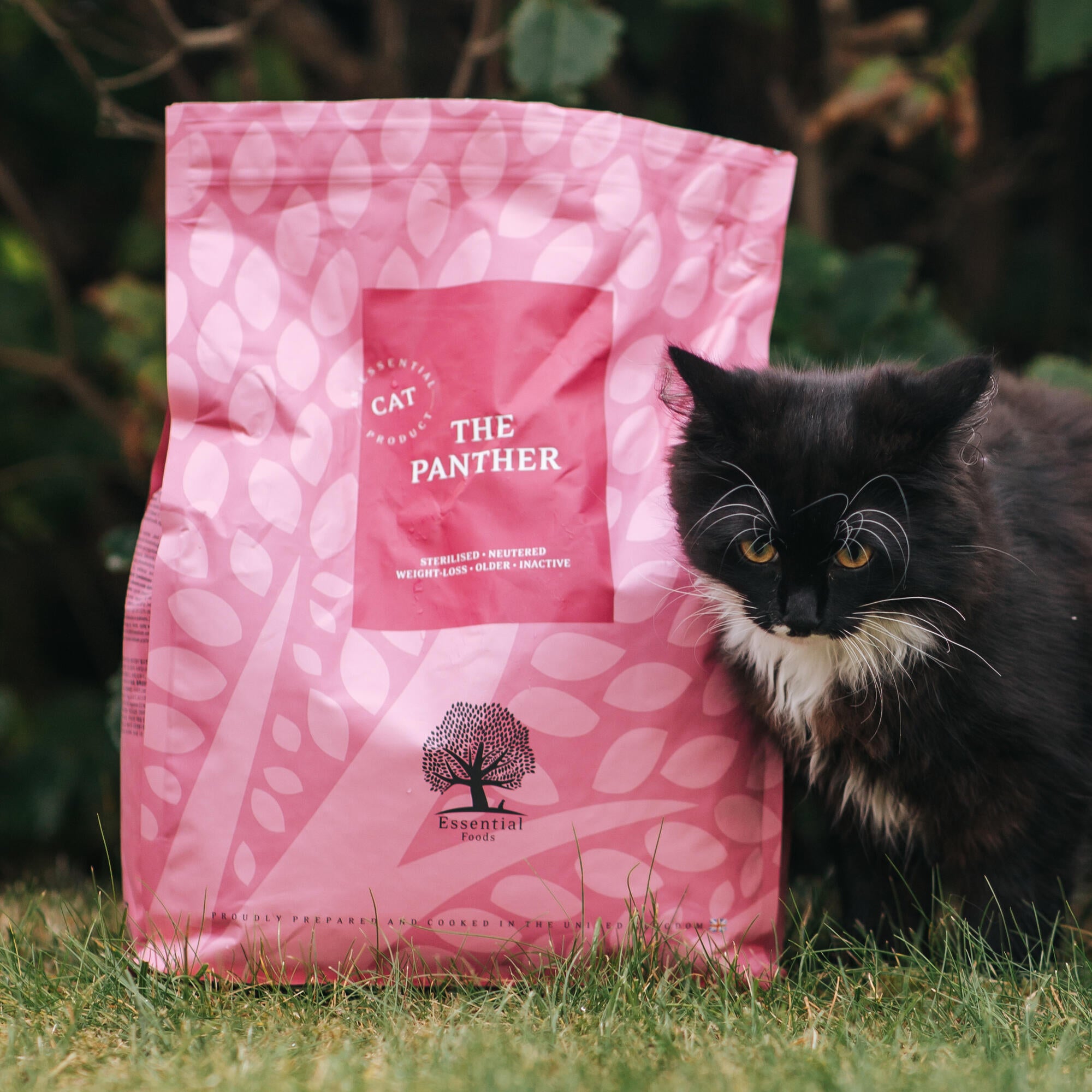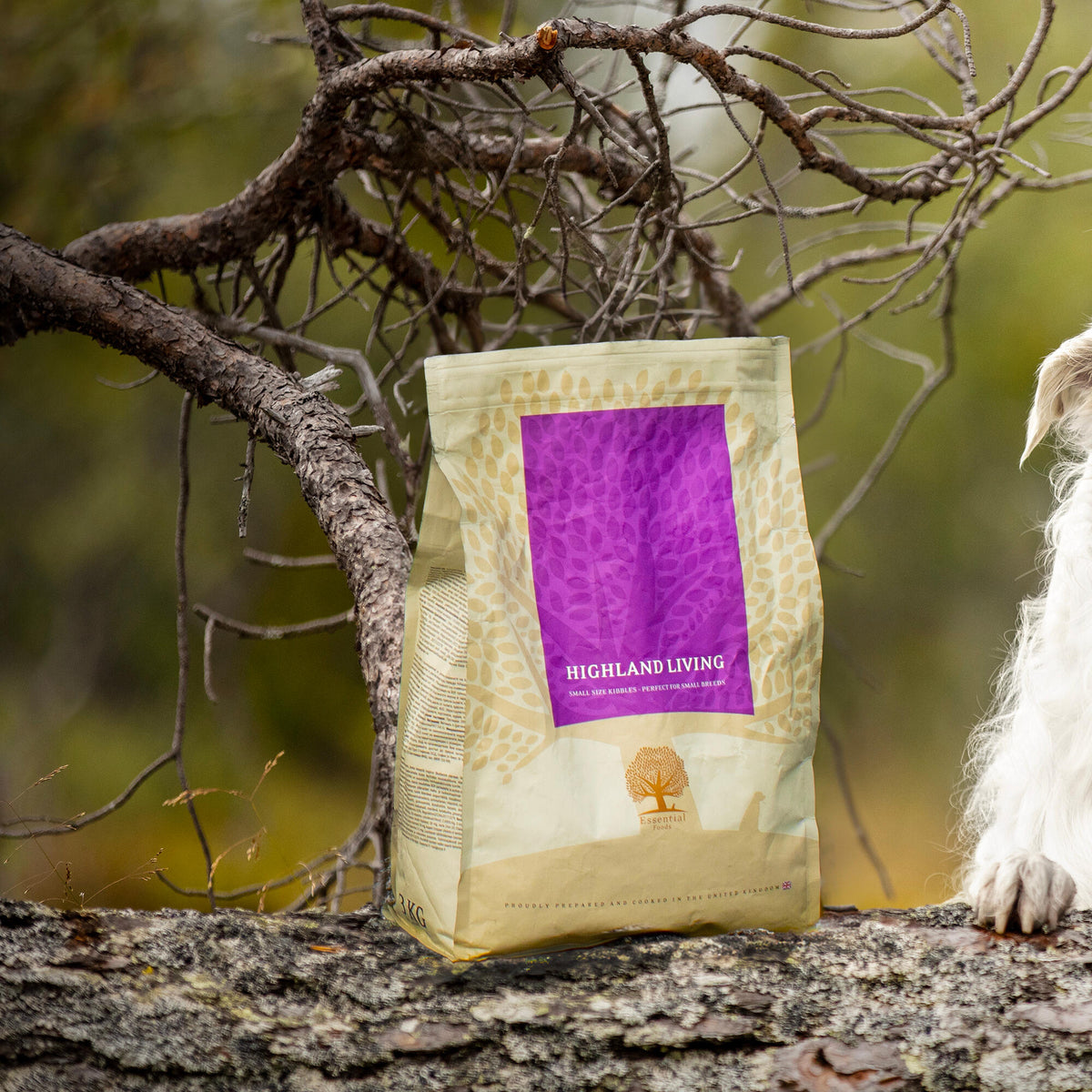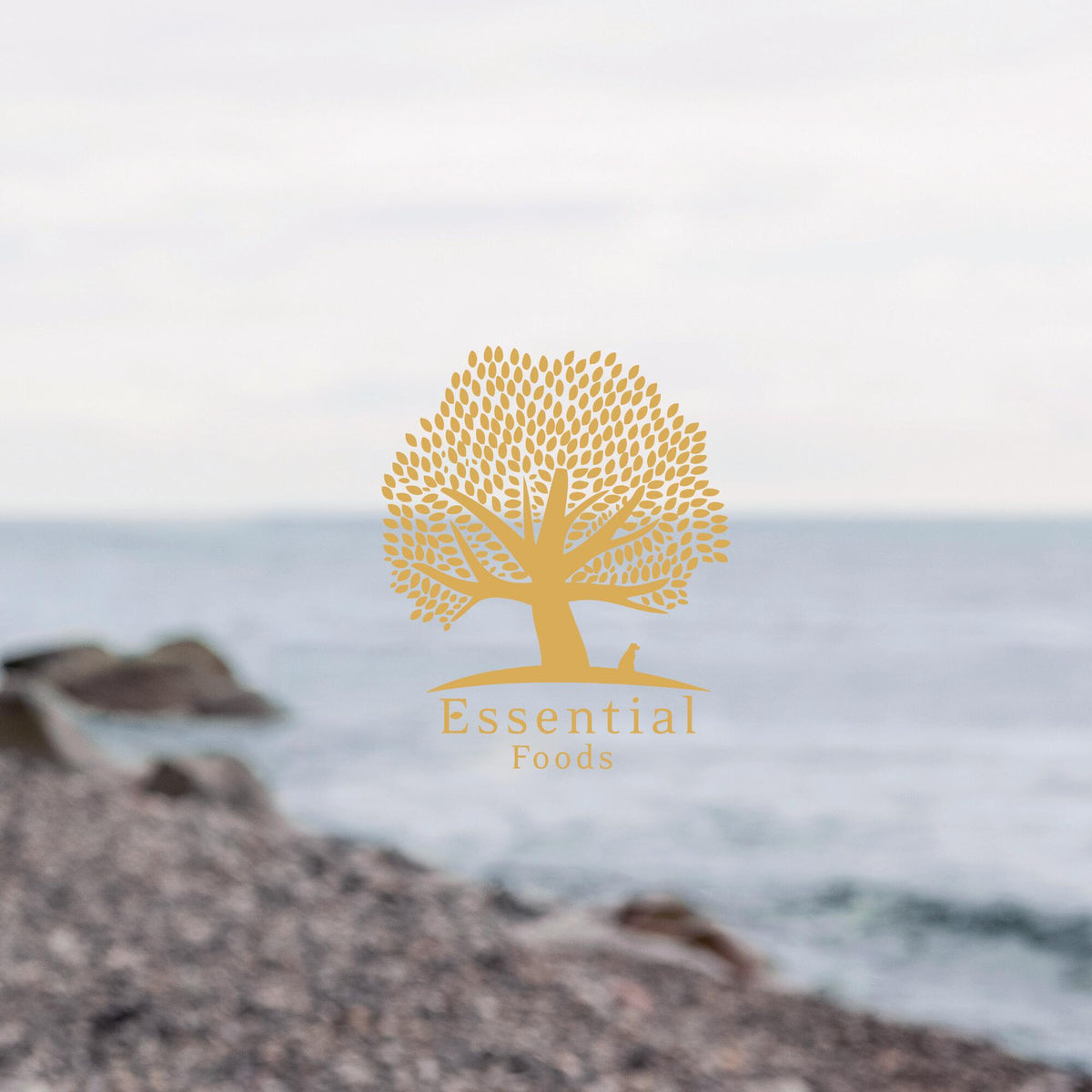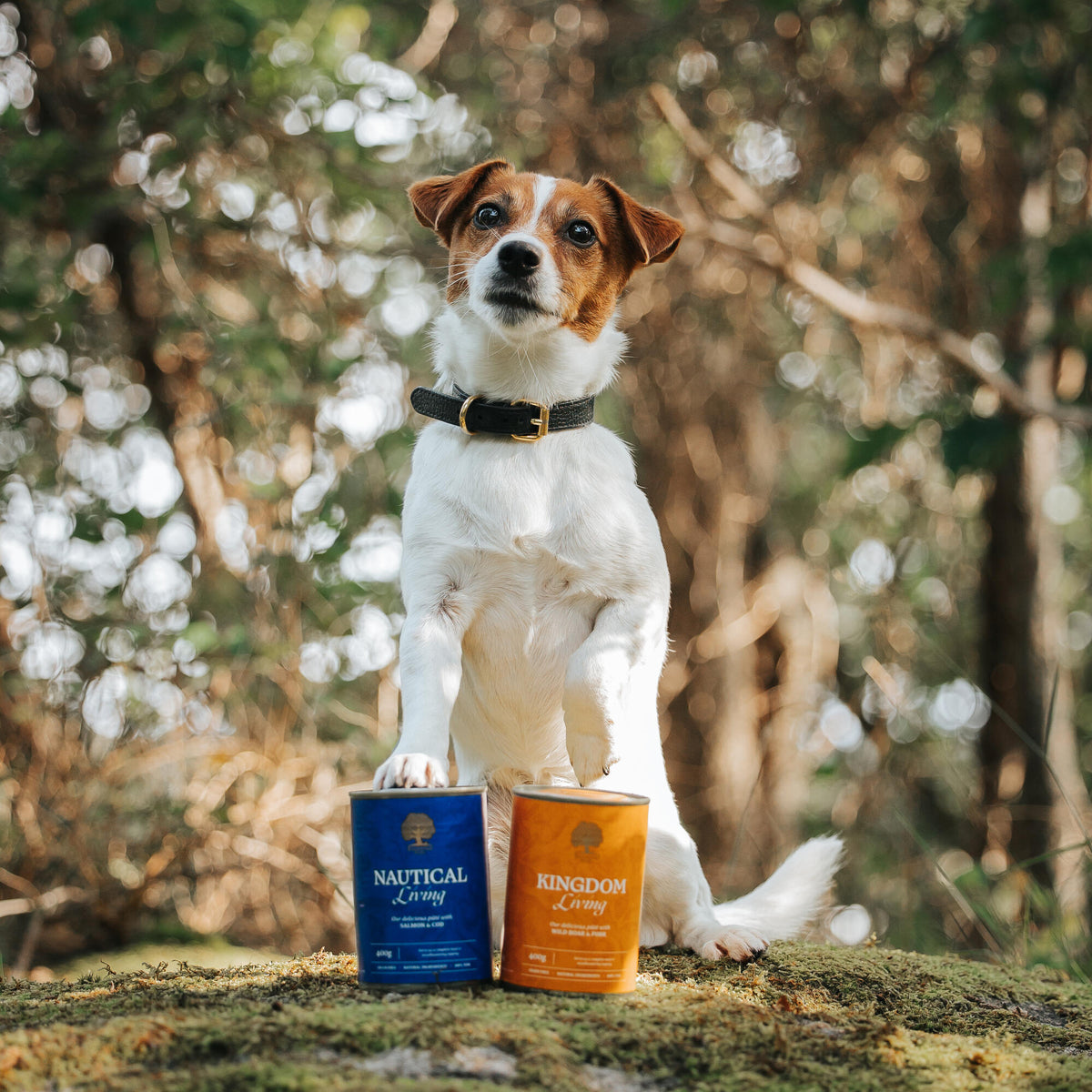Your Cart is Empty

Feeding your cat might seem straightforward, but ensuring they get the right amount and type of food can be a bit tricky. One common question cat owners ask is, "Is 2 cans of wet food a day enough for a cat?" In this article, we'll dive deep into this topic, explore the types of cat food available, and provide a comprehensive guide to making sure your cat gets the best nutrition possible.
Proper nutrition is crucial for your cat’s health and well-being. Cats are obligate carnivores, meaning they require a diet high in meat. Without the right balance of nutrients, they can develop health issues such as obesity, diabetes, and kidney disease. Understanding your cat's dietary needs is the first step in ensuring a long, healthy life.
Wet cat food, often packaged in cans, is popular among cat owners. It's high in moisture content, which is beneficial for cats that don't drink enough water.
Dry cat food, commonly known as kibble, is another staple in many households. It's convenient and has a long shelf life.
Kittens, adults, and senior cats have different nutritional needs. Kittens need more protein and fat to support growth, while older cats might require fewer calories to prevent obesity.
Active cats burn more calories and may need more food compared to sedentary cats. Overweight cats, on the other hand, need a calorie-controlled diet.
Cats with health issues such as diabetes, kidney disease, or food allergies require specialized diets. Always consult your vet for specific dietary advice.
Generally, an average adult cat needs about 200-250 calories per day. A typical can of wet food contains about 70-100 calories. Therefore, two cans might provide between 140-200 calories, which may be sufficient for some cats.
However, the exact amount can vary. Active cats or larger breeds might need more, while smaller or less active cats might require less. Always adjust based on your cat's weight and activity level.
Wet food usually has higher protein content and moisture levels, while dry food is more calorie-dense and often fortified with vitamins and minerals.
Dry food is easier to store and can be left out for longer periods without spoiling, whereas wet food needs to be consumed quickly or refrigerated after opening.
Dry food tends to be more economical than wet food, but it's essential to balance cost with nutritional value and your cat's preferences.
Wet food brands in Ireland include Essential foods and Whiskas . These brands offer a variety of flavors and formulations to suit different dietary needs.
For dry food, brands like Essential foodsare highly recommended. They provide balanced nutrition and cater to various life stages and health conditions.
A mix of wet and dry food can offer the benefits of both types.
High-meat content cat food mimics a cat’s natural diet. It provides essential amino acids like taurine, which are vital for heart and eye health.
Cats are more likely to enjoy and thrive on food with high meat content. It’s generally more palatable and can prevent picky eating habits.
Combining wet and dry food can provide a balance of hydration and dental benefits. However, it requires careful portion control to avoid overfeeding.
Consider feeding wet food for one meal and dry food for another. Monitor your cat’s weight and adjust portions as needed.
Look for high protein content, minimal fillers like corn and soy, and essential nutrients like taurine and omega-3 fatty acids.
Ingredients are listed by weight, so look for meat or meat meal as the first ingredient. Avoid foods with vague terms like “meat by-products.”
Your cat should maintain a healthy weight. You should be able to feel their ribs without excess fat.
A well-fed cat is active and playful. Lethargy can be a sign of underfeeding or nutritional deficiencies.
A shiny coat and healthy skin are indicators of good nutrition. Dry, flaky skin can be a sign of dietary issues.
Overfeeding can lead to obesity and related health issues. Stick to recommended portion sizes and adjust based on your cat’s activity level.
Underfeeding can cause malnutrition and weight loss. Ensure your cat is getting enough calories for their size and activity level.
Cats thrive on routine. Feed them at the same times each day to help regulate their metabolism and prevent overeating.
Your vet can provide personalized dietary recommendations based on your cat’s health status and nutritional needs.
Regular vet visits ensure your cat’s diet is supporting their overall health and can help catch any potential issues early.
Feeding your cat the right amount and type of food is essential for their health and happiness. While 2 cans of wet food a day may be enough for some cats, it's crucial to consider their individual needs, activity levels, and preferences. Combining wet and dry food can offer the best of both worlds, ensuring a balanced diet. Essential Cat Food is a great option due to its high-meat content and palatability, making it a favorite among cats.
Monitor your cat’s weight, energy levels, and overall health. If your cat maintains a healthy weight and is active, they're likely getting enough food.
Yes, mixing wet and dry food can provide balanced nutrition and benefits from both types. Just ensure you're not overfeeding by combining them.
Try different brands or flavors, and consider gradually mixing wet food with dry food to help your cat adjust.
Most cats do well with two meals a day, but kittens and some medical conditions might require more frequent feeding.
Yes, older cats may require fewer calories and different nutrient ratios. Consult your vet for specific dietary recommendations as your cat ages.


